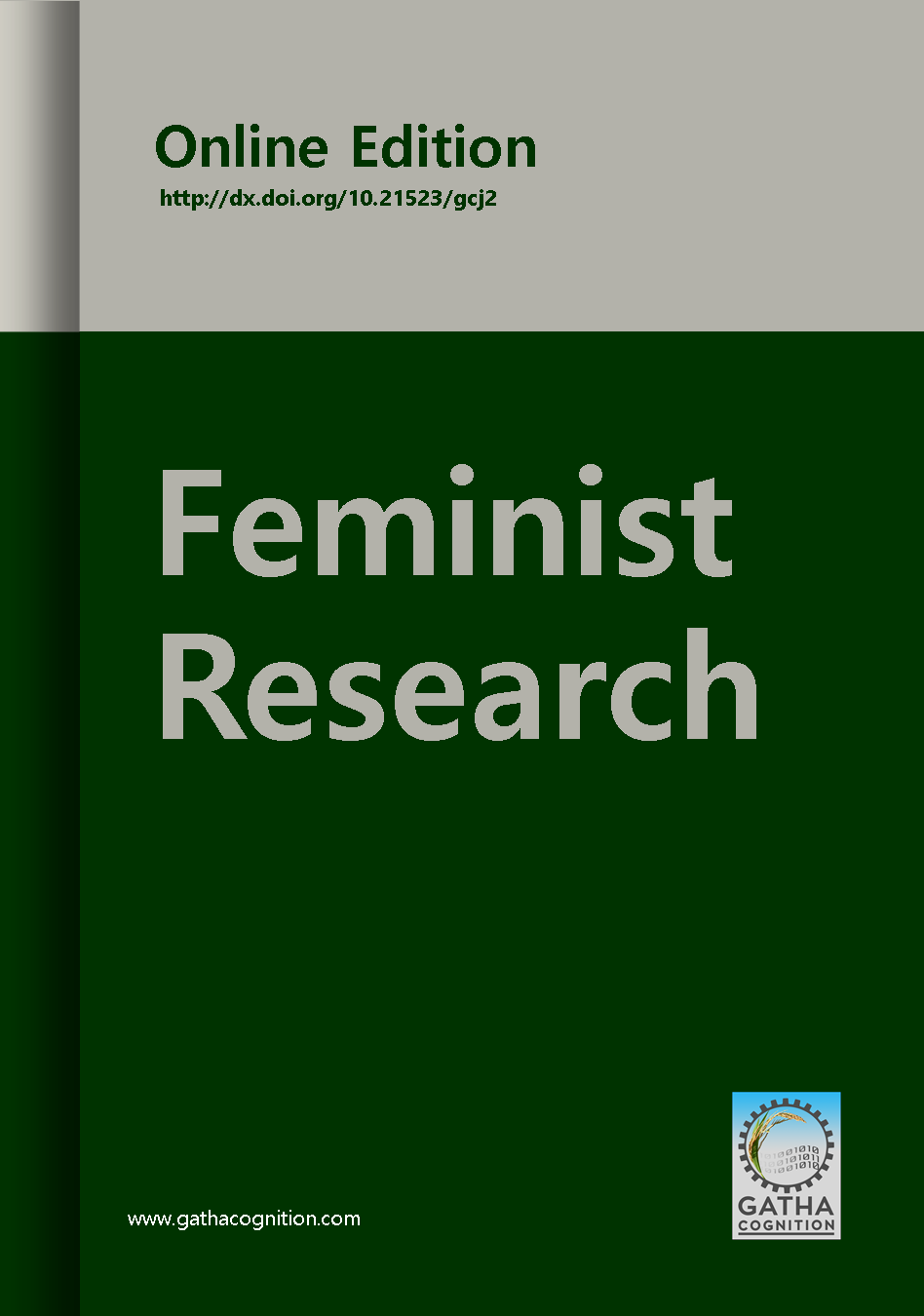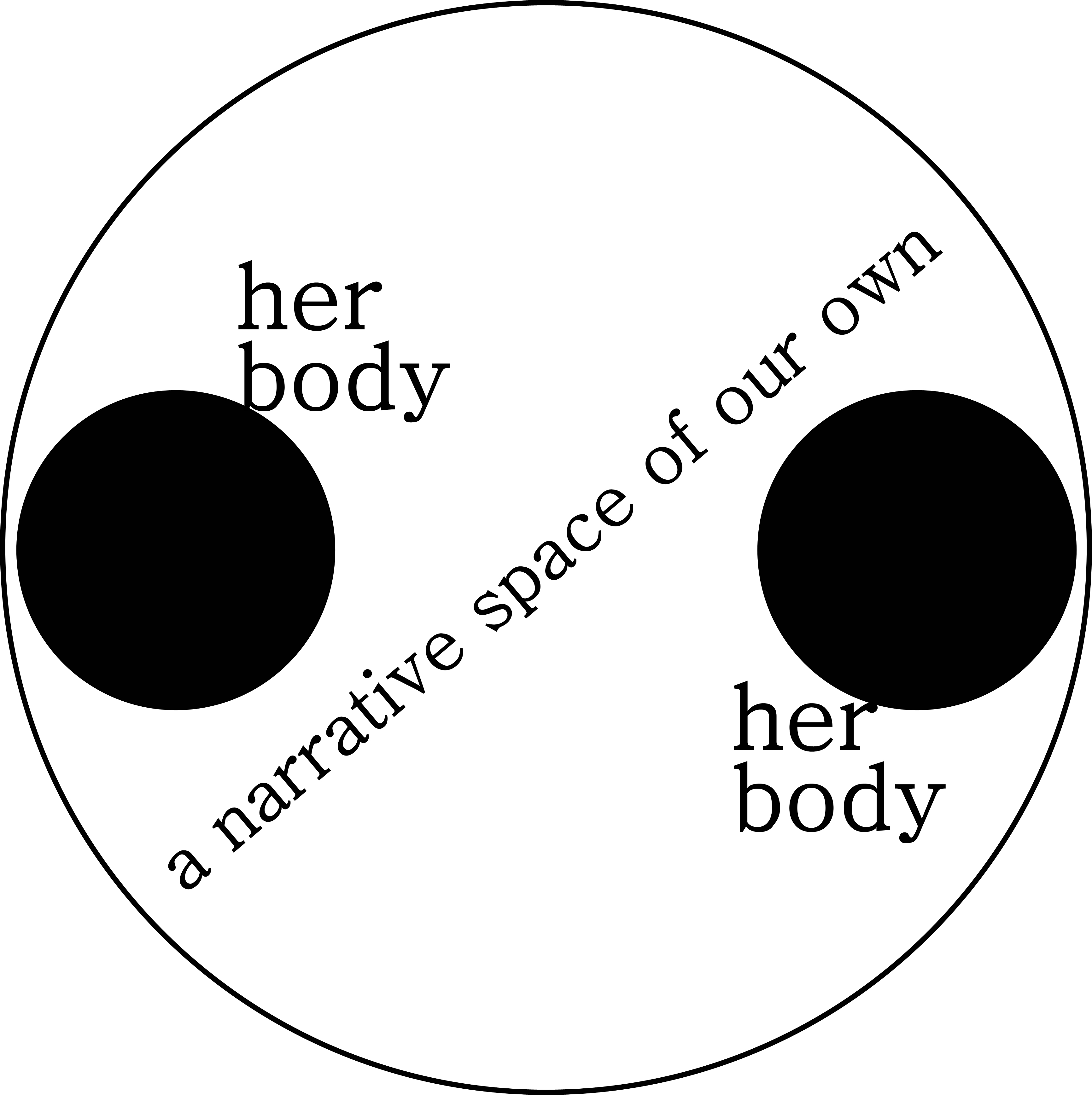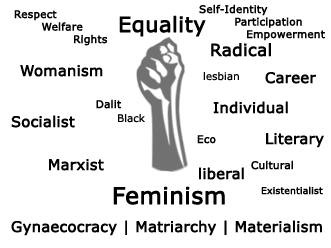Article Title :
Moroccan Women’s Resistance to Al-hogra in the Aftermaths of Arab Spring: Patterns and Outcomes 
2(2018)
34-40
Women , Morocco , Injustice , Arab Spring , Al-hogra


This article aims to investigate Moroccan women’s forms and patterns of resistance to Al-hogra in the aftermaths of Arab Spring. It focuses mainly on the nature and forms of this resistance and their impact in the public sphere in Morocco namely after 2011 constitutional reforms. To do this, we look at the development of the new forms of civil resistance after the turmoil of the Arab Spring in Morocco by tracing cases of women’s civil resistance to stand against ‘Al-hogra’ and to demand specific rights in the post Moroccan spring movement. The focus is on cases that attracted a lot media attention and stirred reaction in the public arena. This includes namely cases of self-immolations and suicide protests.

The article focussed on the civil resistance in relation to ‘Al-hogra’ and public sphere.
The nature and forms of women’s resistance in the post Moroccan political upheavals mainly focuses on social media attention.
The article analyses the self-immolations and suicide protest.
Forms of resistance come from the margins, carried out by the poor of different age and gender groups and targeted towards the dismantling of corruption, Al-horga, humiliation and poverty.
There is more tolerance for different forms of protests and civil resistance as long as they were directed against veneer institutions and the emergence of a new political culture.
It gives a voice to the marginalized groups and makes the weak able to revolt against and resist Al-hogra, humiliation and simultaneously allow them to demand and ask for change.
Baker, G., 2002. Civil Society and Democracy Theory: Alternative Voices. London and New York: Routledge.
Chenoweth, E. and Stephan. M. J. 2011. Why Civil Resistance Works: The Strategic Logic of NonViolent Conflict. New York: Columbia University Press.
Ennaji, M., 2016. Introduction: Contextualizing minorities, women, and the state in North Africa. In Ennaji, M. (ed,). Minorities, Women, and the State in North Africa. Trenton and New Jersey: Red Sea Press.
Habermas, J., 1996. Between Facts and Norms: Contributions to a Discourse Theory of Law and Democracy. Cambridge, Mass: MIT Press.
Ilahiane, H., 2019. Why do Protests Keep Happening in North Africa? It’s “al-Hogra” Informed Comment. Accessed 25 January 2019.
Maghraoui, D., 2016. Morocco: Obedience, Civil Resistance, and Dispersed Solidarities, In Adam Roberts, Michael J. Willis, Rory McCarthy, and Timothy Garton Ash (Eds) Civil Resistance in the Arab Spring: Triumphs and Disasters. Oxford: Oxford University Press.
Ronald, N. J., 2000. Race, Media, and the Crisis of Civil Society: From Watts to Rodney King. Cambridge and New York: the Press Syndicate of the University of Cambridge.
Sater, J. N. 2007. Civil Society and Political change in Morocco. New York, NY: Routledge.






